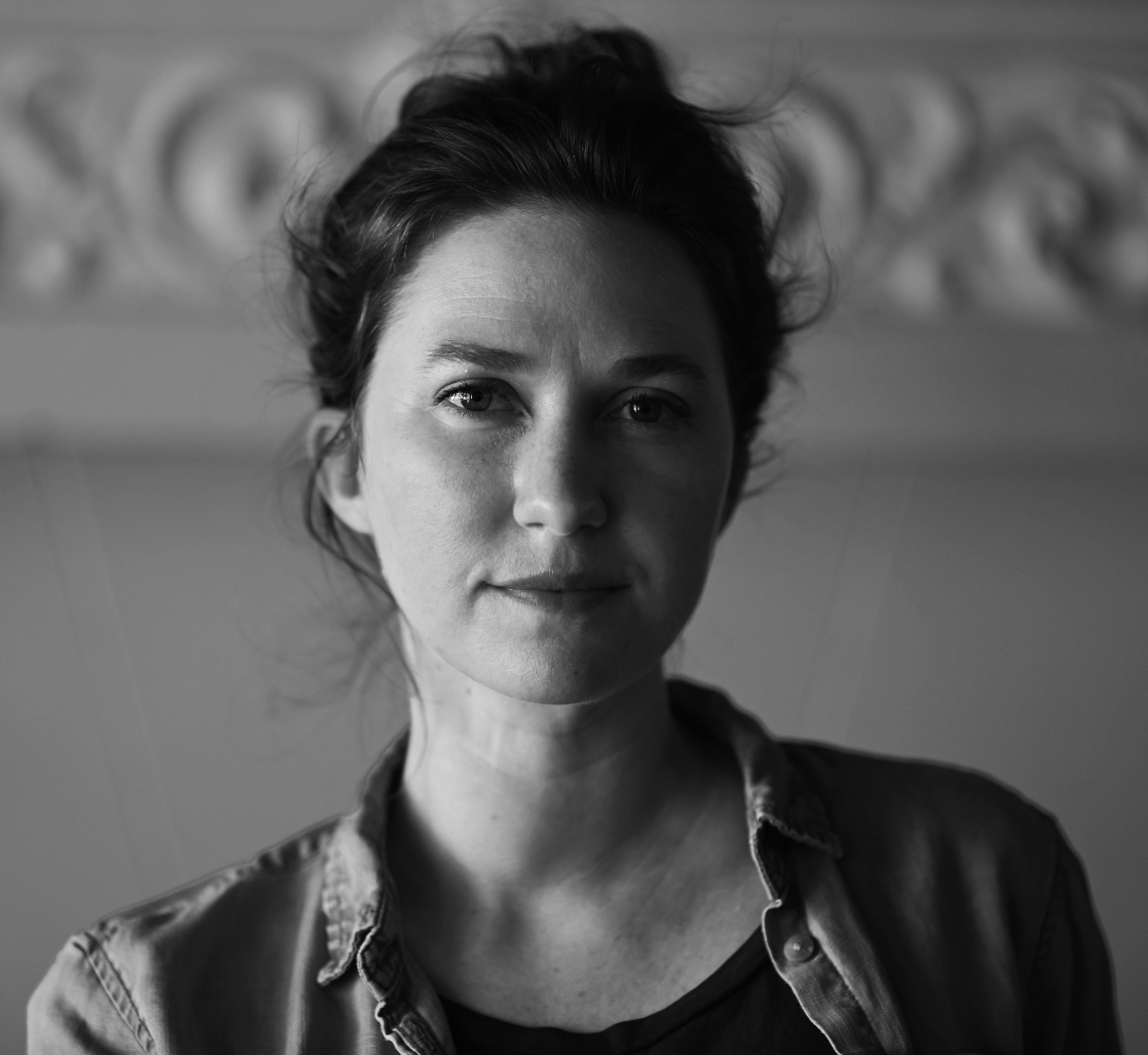
We had the opportunity to talk with Lily Brooks-Dalton, author of The Light Pirate (12/6, Grand Central Publishing) in advance of her December 8 in-person event (click here for ticket information) in conversation with store co-founder Judy Blume and store manager Emily Berg at Hugh’s View at The Studios of Key West. We are wildly excited about meeting Lily and can’t recommend The Light Pirate enough (it is also our featured staff pick for December)!
Q: How did you arrive at the story you tell in The Light Pirate? Did you start out with a specific goal or idea or character?
A: I was actually here in Key West when I first started ruminating on preparing for storms and wondering whether there was a story I wanted to tell wrapped up in that rhythm. I was doing a residency at The Studios of Key West and there was a hurricane coming that didn’t end up hitting the Keys, but there was this palpable tension in the air that I kept coming back to. And then I started thinking about linemen, and all this labor that goes into keeping the lights on… so probably the first concrete story moment I had was imagining this little girl tagging along on storm duty with her father, waiting for him in the bucket truck while he worked on the downed lines. That exact scene didn’t actually make it into the book, but that was where I began. And the story grew from there.
Q: The book is told from the perspective of more than a few characters. Was there one you think of as your protagonist?
A: I think of Wanda as my protagonist. The book begins on the day she’s born (I guess technically the day before) and it spans her lifetime, so even though we’re also following the people around her, I’d say she is at the center.
Q: You’re from Florida but now living in California. Did you ever think of telling this story from a West Coast perspective?
A: Well, I actually grew up in Vermont. I struck out on my own fairly young, and right around that time my parents decided to relocate. So Florida has always been my home base as an adult, but I’m not sure I get to say I’m from here. I started working on The Light Pirate about a year before I moved to California. At that point I was actually living out of my truck and traveling around, but I had just spent a big chunk of time in Florida and so the landscape was still very fresh for me. I didn’t even consider setting it somewhere else, Florida was at the heart of the idea from the start.
Q: What was the process like seeing Good Morning, Midnight go from book to film? Could you see The Light Pirate as a movie?
A: It was extraordinary. It’s hard to describe really, beyond saying that it was special and weird and it had a resounding impact on my life. I’m really grateful that it happened. As for The Light Pirate, if we were to do an adaptation, I see it as a TV show. There is more story to tell in this world than even the book contains, and I wouldn’t want to shrink down what is already on the page to fit it into a 2 hour container. I would want to let it expand and breathe! So, I think television offers more space to let something like this unfold.
Q: What are you reading and recommending these days?
A: I just finished Dinosaurs by Lydia Millet, which I liked very much, and then I will also recommend Beneficence by Meredith Hall. I read it a while ago but I’m still thinking about how gorgeous it was. And I also want to chat up The Water Will Come by Jeff Goodell, which is nonfiction, because it has a terrific Florida chapter and just in general was a text that I really valued and learned a lot from while I was working on the novel.
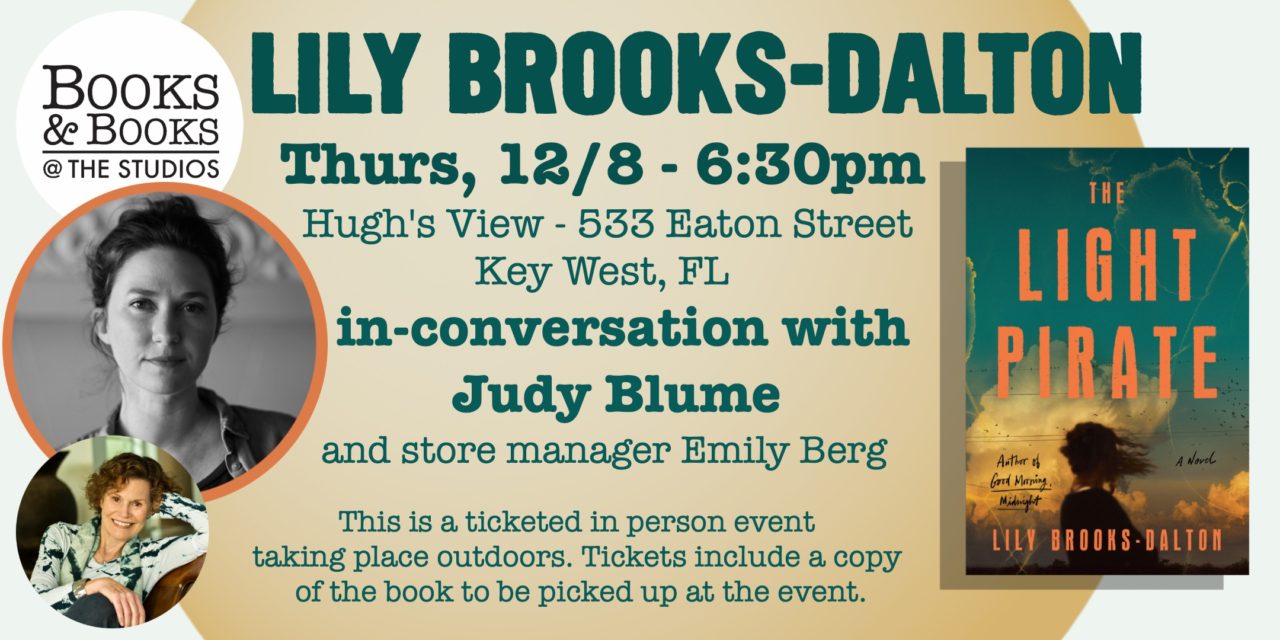

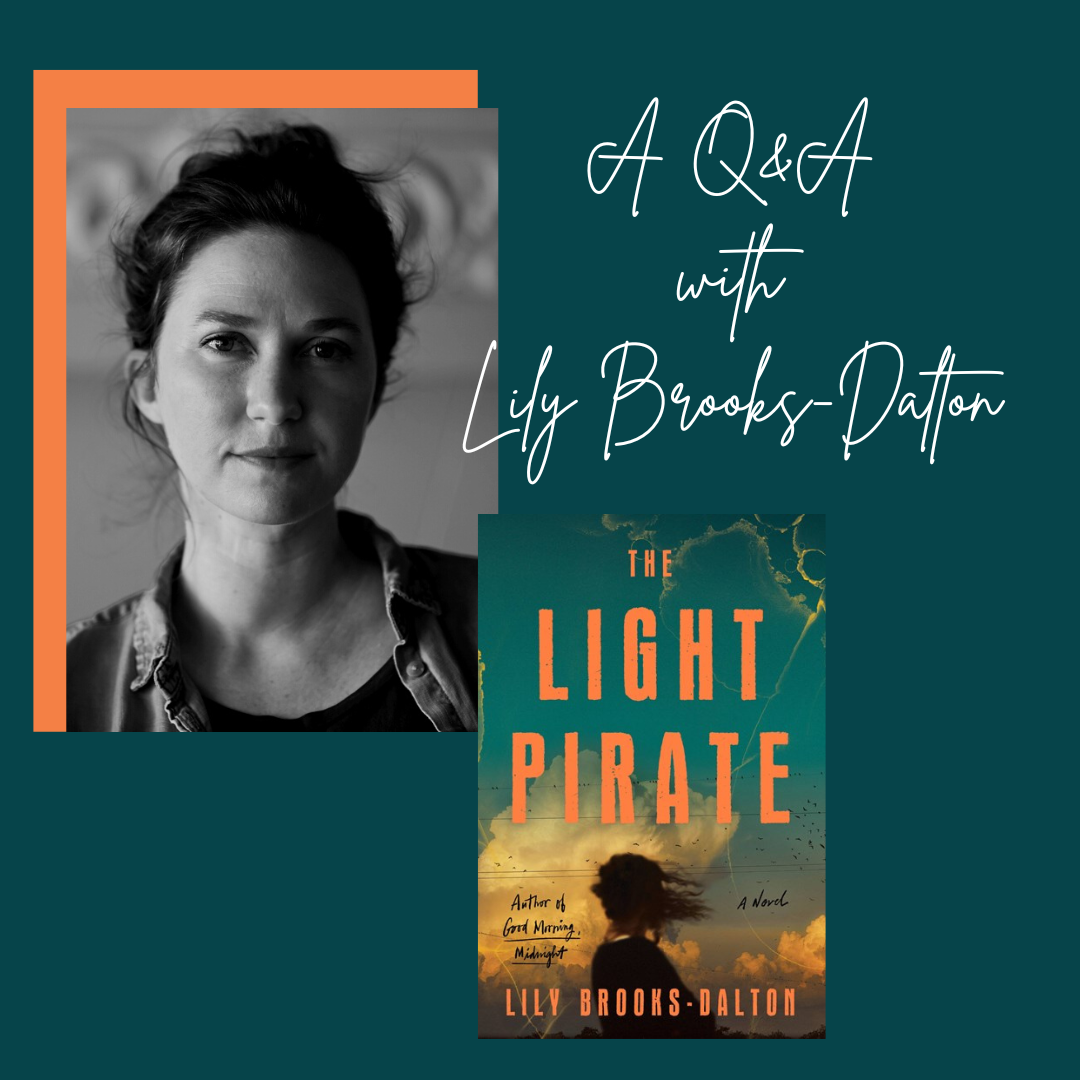
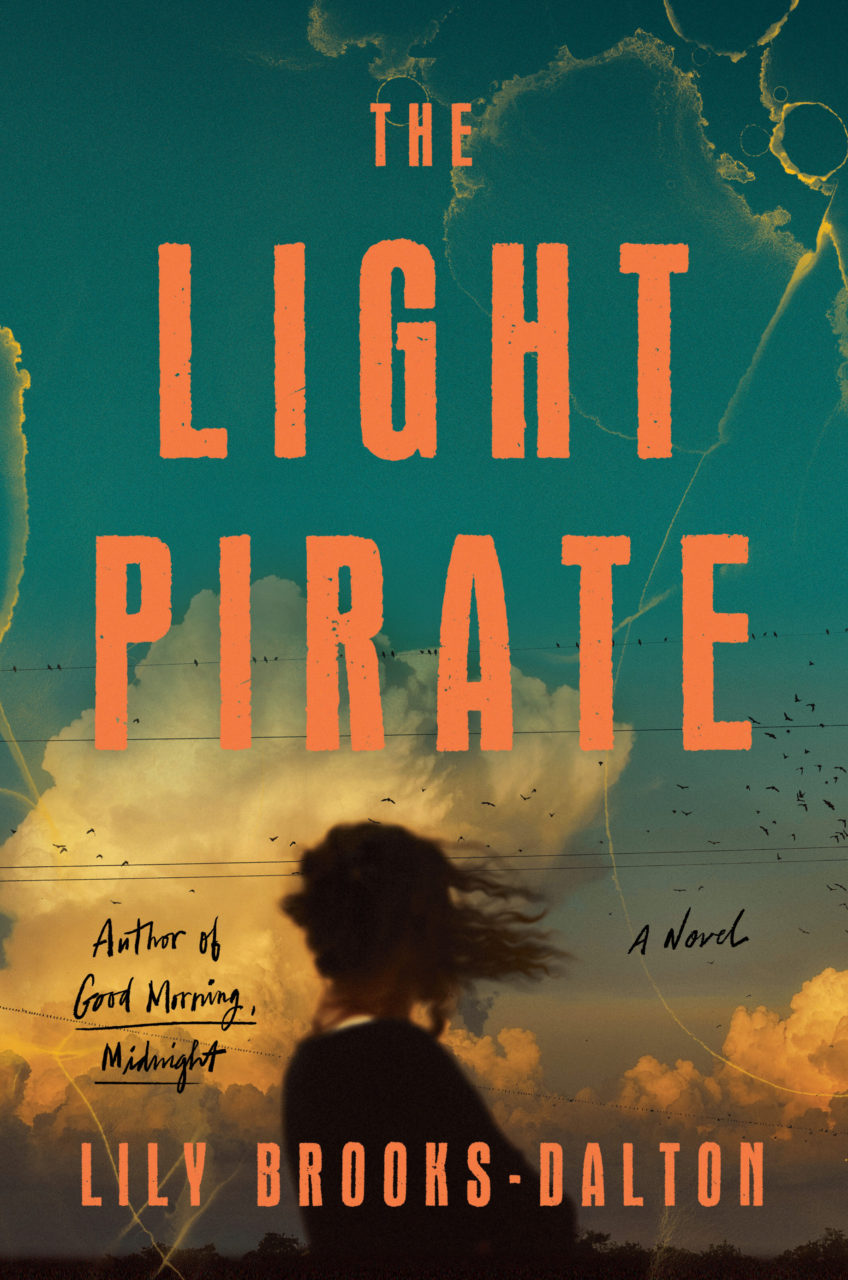

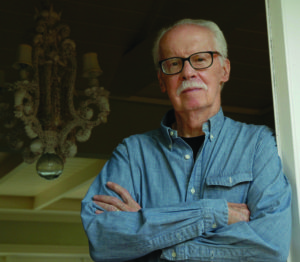


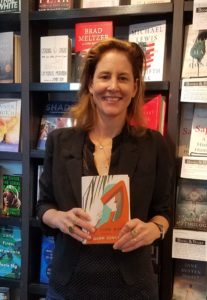 Hearing Susan Conley, author of
Hearing Susan Conley, author of 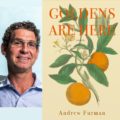
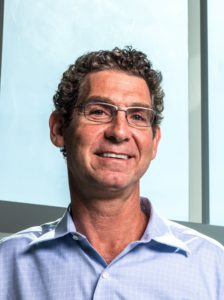 Inspired by true events surrounding an historic Florida citrus season and the civil rights struggle, Andrew Furman’s GOLDENS ARE HERE offers a glimpse of the sea changes occurring in Florida and the nation in the 1960s through the prism of one family’s negotiations with the land, their neighbors, and each other. Leading up to his reading and book signing Feb. 6, we had the opportunity to chat with him about his background and new book.
Inspired by true events surrounding an historic Florida citrus season and the civil rights struggle, Andrew Furman’s GOLDENS ARE HERE offers a glimpse of the sea changes occurring in Florida and the nation in the 1960s through the prism of one family’s negotiations with the land, their neighbors, and each other. Leading up to his reading and book signing Feb. 6, we had the opportunity to chat with him about his background and new book.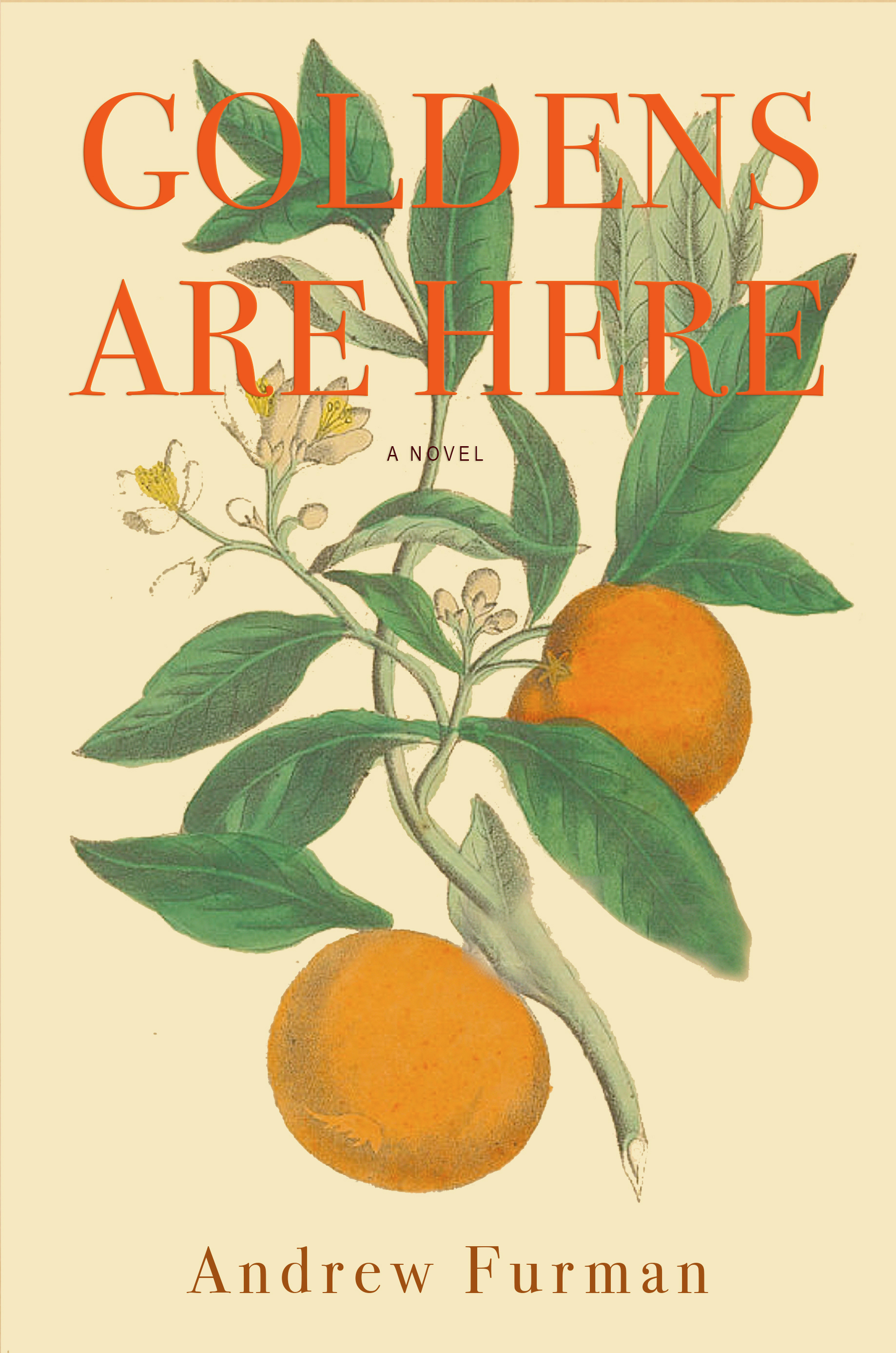 A: I’ve lived here in south Florida for the past 22 years and one of my favorite things to do is hop in the car with my family and visit some of the more scruffy out-of-the-way outposts of our Sunshine State. The seeds for GOLDENS ARE HERE, if I might use a botanical metaphor, originated in one of these trips with my family to the small town of Titusville and its rural outskirts. As I walked the streets of this historic town and visited the remaining orange groves along the nearby Indian River, I found myself imagining what the place must have looked like and meant to the people who lived there in what might be considered the region’s hey-day, the 1960s when the space-race was hitting its stride, the citrus industry was booming, and, as my research would uncover, the Civil Rights struggle was impacting black and white lives in significant ways. It seemed like a rich time and place to direct my creative energies. It wasn’t too long before a cast of characters and a story emerged in my mind that would allow me to engage with the intersections between the social and environmental realms, which has long been a primary interest of mine.
A: I’ve lived here in south Florida for the past 22 years and one of my favorite things to do is hop in the car with my family and visit some of the more scruffy out-of-the-way outposts of our Sunshine State. The seeds for GOLDENS ARE HERE, if I might use a botanical metaphor, originated in one of these trips with my family to the small town of Titusville and its rural outskirts. As I walked the streets of this historic town and visited the remaining orange groves along the nearby Indian River, I found myself imagining what the place must have looked like and meant to the people who lived there in what might be considered the region’s hey-day, the 1960s when the space-race was hitting its stride, the citrus industry was booming, and, as my research would uncover, the Civil Rights struggle was impacting black and white lives in significant ways. It seemed like a rich time and place to direct my creative energies. It wasn’t too long before a cast of characters and a story emerged in my mind that would allow me to engage with the intersections between the social and environmental realms, which has long been a primary interest of mine.

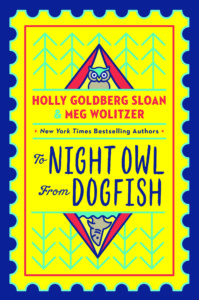 Q: How did you and Meg Wolitzer come to write this novel together?
Q: How did you and Meg Wolitzer come to write this novel together?
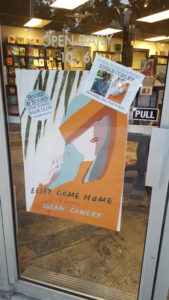 Publishing company Alfred A. Knopf put together an excellent Q & A with Susan Conley, author of ELSEY COME HOME to get you ready to meet her in store on January 31 at 6pm.
Publishing company Alfred A. Knopf put together an excellent Q & A with Susan Conley, author of ELSEY COME HOME to get you ready to meet her in store on January 31 at 6pm.

 Saturday, January 19, at 6pm, a discussion and book signing with comedy writer Caitlin Kunkel, co-author of NEW EROTICA FOR FEMINISTS. Kunkel will appear in-conversation with local comedian and journalist Gwen Filosa.
Saturday, January 19, at 6pm, a discussion and book signing with comedy writer Caitlin Kunkel, co-author of NEW EROTICA FOR FEMINISTS. Kunkel will appear in-conversation with local comedian and journalist Gwen Filosa.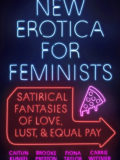 Kunkel, Preston, Taylor, and Wittmer have assembled a smart, timely, and relatable book that balances our need to laugh through the pain with an earnest invocation for change. In NEW EROTICA FOR FEMINISTS, the authors have written dozens of brand-new satirical, spicy vignettes, chock-full of tongue-in-cheek (yet safer for work than the title implies) smut about women in pop culture, literature, dating, and modern parenting.
Kunkel, Preston, Taylor, and Wittmer have assembled a smart, timely, and relatable book that balances our need to laugh through the pain with an earnest invocation for change. In NEW EROTICA FOR FEMINISTS, the authors have written dozens of brand-new satirical, spicy vignettes, chock-full of tongue-in-cheek (yet safer for work than the title implies) smut about women in pop culture, literature, dating, and modern parenting.

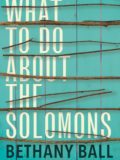 From Bethany Ball, comes WHAT TO DO ABOUT THE SOLOMONS, a hilarious multigenerational family saga set in Israel, New York, and Los Angeles that explores the secrets and gossip-filled lives of a kibbutz community near Jerusalem. The book introduces readers to the Solomon family as they are faced with a life-altering scandal. Marc Solomon, an Israeli exNavy commando now living in L.A., is falsely accused of money laundering through his asset management firm. Marc’s American wife, Carolyn—concealing her own dark past—makes hopeless attempts to hold their family of five together. But news of the scandal makes its way from America to the rest of the Solomon clan on the kibbutz in the Jordan River Valley. As the secrets and rumors of the kibbutz are revealed through various memories and tales, we witness the things that keep the Solomons together, and those that tear them apart.
From Bethany Ball, comes WHAT TO DO ABOUT THE SOLOMONS, a hilarious multigenerational family saga set in Israel, New York, and Los Angeles that explores the secrets and gossip-filled lives of a kibbutz community near Jerusalem. The book introduces readers to the Solomon family as they are faced with a life-altering scandal. Marc Solomon, an Israeli exNavy commando now living in L.A., is falsely accused of money laundering through his asset management firm. Marc’s American wife, Carolyn—concealing her own dark past—makes hopeless attempts to hold their family of five together. But news of the scandal makes its way from America to the rest of the Solomon clan on the kibbutz in the Jordan River Valley. As the secrets and rumors of the kibbutz are revealed through various memories and tales, we witness the things that keep the Solomons together, and those that tear them apart.
 Spencer Wise’s THE EMPEROR OF SHOES is a transfixing debut novel inspired by the author’s experiences living and working in an American-owned shoe factory in Guangdong, China. The novel follows Alex, a Jewish American ex-pat, as he reluctantly assumes the helm of his family’s shoe company. When he meets a seamstress named Ivy, she shifts his gaze. But Ivy, who is also an embedded pro-democracy organizer, has broader aims, and Alex must decide where his loyalty resides, a choice which ultimately pushes the entire factory to a crisis point.
Spencer Wise’s THE EMPEROR OF SHOES is a transfixing debut novel inspired by the author’s experiences living and working in an American-owned shoe factory in Guangdong, China. The novel follows Alex, a Jewish American ex-pat, as he reluctantly assumes the helm of his family’s shoe company. When he meets a seamstress named Ivy, she shifts his gaze. But Ivy, who is also an embedded pro-democracy organizer, has broader aims, and Alex must decide where his loyalty resides, a choice which ultimately pushes the entire factory to a crisis point.
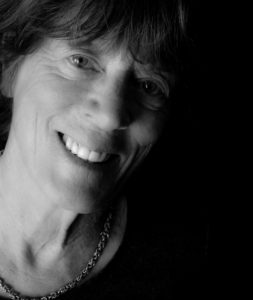 If you’ve been keeping up with novelist, poet and short story writer, Rosalind Brackenbury, you might know that she was literary editor at Key West newspaper Solares Hill, and you might know she was Key West’s second Poet Laureate (2014-15), but you probably don’t know that her first job locally was as a deck hand on the Schooner Wolf.
If you’ve been keeping up with novelist, poet and short story writer, Rosalind Brackenbury, you might know that she was literary editor at Key West newspaper Solares Hill, and you might know she was Key West’s second Poet Laureate (2014-15), but you probably don’t know that her first job locally was as a deck hand on the Schooner Wolf.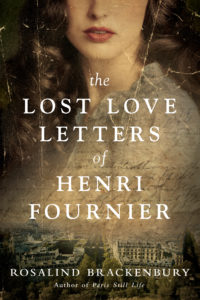 A: The Lost Love Letters had its genesis in my finding in a rural used book store in France, a copy of Fournier’s embryo second novel as put together by some Italian academics in a sort of proof-style format.
A: The Lost Love Letters had its genesis in my finding in a rural used book store in France, a copy of Fournier’s embryo second novel as put together by some Italian academics in a sort of proof-style format.